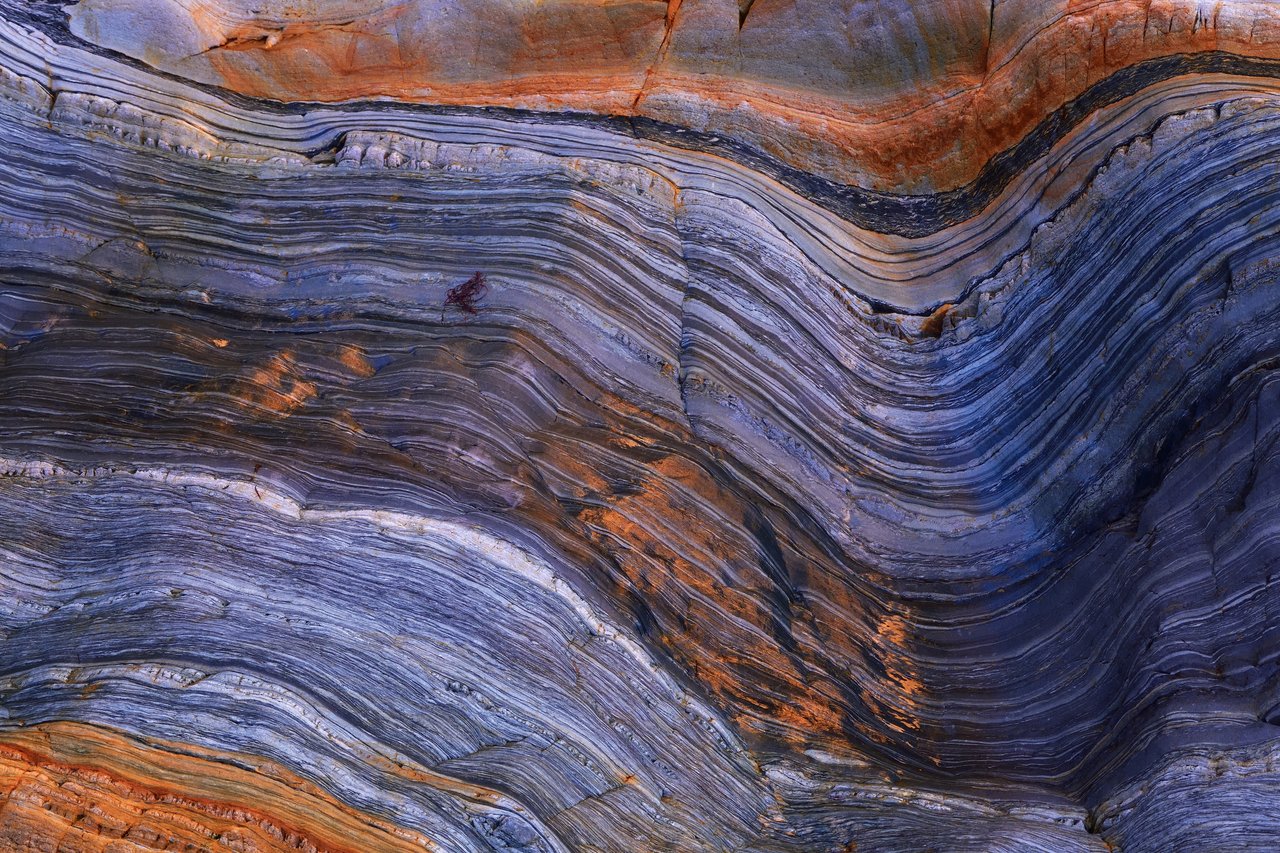Technical publication
Exploring the real-world performance of recent advanced seismic sources
21 May 2025
Authors
Rentsch, S., Hager, E., Supawala, M., Holland, S., Howard, K., and Redfearn, S. (Shearwater Geoservices)
First EAGE/SBGf Workshop on Marine Seismic Acquisition
SUMMARY
The environmental impact of air-gun sources has long been debated, with a growing focus on reducing unnecessary high-frequency emissions that provide no imaging benefits. These redundant frequencies contribute to the overall sound footprint of seismic operations, prompting efforts to develop sources that minimize environmental impact while maintaining data quality fit for a survey’s objective. This is particularly relevant in regions with stringent environmental regulations, such as Brazil, where reducing high-frequency emissions can help facilitate permitting and regulatory compliance.
Seismic source selection is influenced by several factors, including survey objectives, geological conditions, and environmental considerations. Recent advancements in source technology have led to the development of bandwidth-controlled airguns, low-frequency-rich broadband sources, and marine vibrators, all of which aim to optimize seismic output while minimizing unnecessary sound emissions.
These innovations bring the industry closer to achieving the ideal seismic source - one that delivers only the necessary energy for high-quality imaging without excessive and unused out of band sound emissions. In this paper we are showcasing how some recent technological improvements perform in real-world applications and whether they effectively balance imaging requirements with environmental responsibility.
LET’S FIND A SOLUTION THAT FITS YOUR NEEDS

